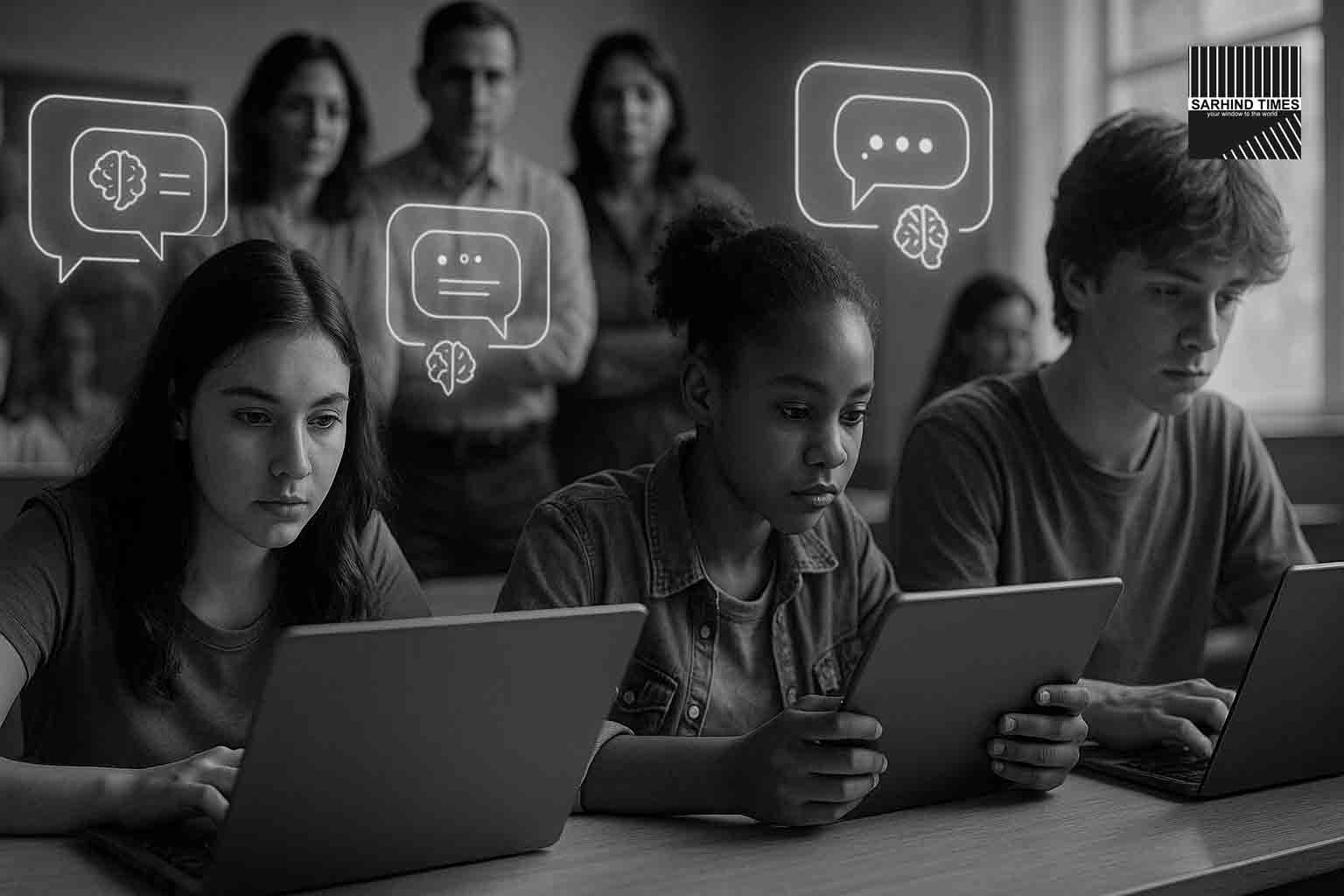Introduction: A Turning Point in AI for Young Users
OpenAI is building a new version of ChatGPT designed specifically for teenagers, a development that could reshape both how young people engage with AI and how the industry addresses questions of safety, responsibility, and inclusivity.
The upcoming platform will introduce content restrictions, parental oversight tools, and stricter safety constraints, aiming to provide a version of ChatGPT that empowers students and young creators while safeguarding them from harmful or inappropriate content.
This move reflects broader social pressure on AI companies to demonstrate responsibility—especially as AI tools move from professional spaces into homes, classrooms, and youth culture.
Why Teens Matter in the AI Ecosystem
A Generation Growing Up with AI
Teenagers today are digital natives. From social media to gaming, AI-driven tools already shape how they learn, communicate, and express themselves. Bringing ChatGPT to teens in a structured, safe format could:
- Enhance education (study help, language learning, coding guidance).
- Support creativity (storytelling, art prompts, music composition).
- Provide well-being tools (study schedules, motivation, self-reflection prompts).
Market Potential
Teens represent a massive global market segment. If OpenAI captures this audience responsibly, it could create new educational and consumer niches—from AI tutoring apps to moderated teen-friendly creative platforms.
Features of Teen-Friendly ChatGPT (Planned/Expected)
While details are still emerging, the teen-focused version of ChatGPT is expected to include:
1. Content Restrictions
- Blocking explicit, violent, or age-inappropriate material.
- Preventing access to harmful advice or unsafe instructions.
- Aligning with global child protection laws.
2. Parental Oversight
- Opt-in parental dashboards to monitor AI interactions.
- Time-limit controls to ensure balanced screen usage.
- Customizable “safety filters” per household.
3. Educational Alignment
- Tailored study support tools (exam prep, writing assistance).
- Built-in fact-checking emphasis to counter misinformation.
- Collaboration with educators for responsible integration in schools.
4. Wellness & Ethics
- AI guardrails to detect risky conversations (self-harm, bullying) and redirect users toward safe resources.
- Positive reinforcement features to encourage healthy online habits.
Why Now? The Pressures Behind the Move
OpenAI’s decision is shaped by mounting scrutiny:
- Social Impact Concerns: Parents and policymakers worry about young users encountering unsafe or manipulative AI content.
- Policy & Regulation: Laws like Europe’s Digital Services Act and COPPA in the US pressure tech firms to protect minors.
- Competition: Rivals like Google, Meta, and Anthropic are also experimenting with age-appropriate AI features, creating market pressure.
In essence, OpenAI’s teen-friendly ChatGPT is a strategic adaptation to both opportunity and accountability.
Opportunities for Creators & Educators
- EdTech Evolution – AI tutoring and personalized learning could enter classrooms at scale.
- Creative Tools for Youth – Teen writers, gamers, and artists can safely experiment with AI.
- Niche Content Markets – “Family-friendly AI” opens space for startups building apps, games, and study tools powered by ChatGPT.
- Influence on Culture – Safe AI use among teens could reduce exposure to misinformation and harmful internet subcultures.
Risks and Constraints
Yet, building an AI for teens isn’t without pitfalls:
- Over-Restriction – Too much filtering may make the tool feel sterile and unappealing to teenagers.
- Privacy Concerns – Parental oversight could raise questions about data security and youth autonomy.
- Dependence – Over-reliance on AI for homework or emotional support may undermine self-learning or resilience.
- Digital Divide – Accessibility remains limited by internet and device availability, especially in developing regions.
Balancing freedom, safety, and educational value will be critical.
Ethical and Societal Implications
Building Trust
OpenAI must prove that teen-focused ChatGPT is not just a market play but a genuine commitment to child welfare. Transparency in how filters work, where data goes, and what oversight exists will be essential.
The Role of Parents and Schools
No matter how safe the AI, parents and teachers remain central to guiding healthy technology use. The AI should complement—not replace—adult mentorship.
Global Perspectives
Different cultures define “safe content” differently. Adapting ChatGPT for teens across India, Europe, the US, and Africa will require sensitivity to local norms, languages, and values.
The Road Ahead
OpenAI’s teen-friendly ChatGPT could launch a new era of youth-centered AI design. If done right, it might become:
- A trusted study companion for students.
- A creative partner for aspiring teen writers and artists.
- A digital mentor promoting responsible online engagement.
But it must also navigate tight ethical lines—protecting users without patronizing them, and enabling creativity without exposing them to harm.
Conclusion: A Defining Experiment in AI’s Social Contract
OpenAI’s project reflects a shift in the AI industry’s priorities: not just building more powerful tools, but also building safer, socially attuned ones.
Whether this experiment succeeds will depend not only on technology and filters, but on how well OpenAI engages parents, educators, and teenagers themselves in shaping the platform.
For the AI world, this is more than just a product launch—it is a test of how responsibly the industry can serve its youngest digital citizens.
#ChatGPT #OpenAI #TeenAI #SafeAI #ResponsibleTech #AIForEducation #SarhindTimes #DigitalYouth






















+ There are no comments
Add yours